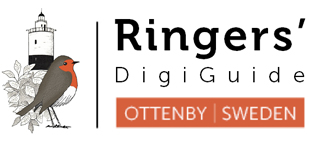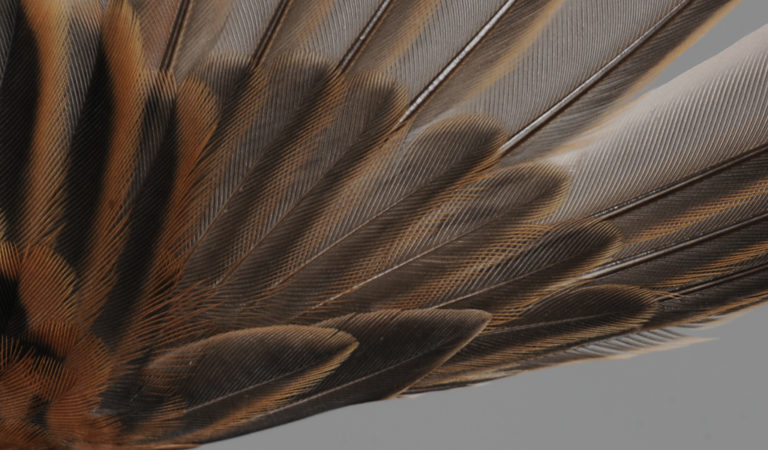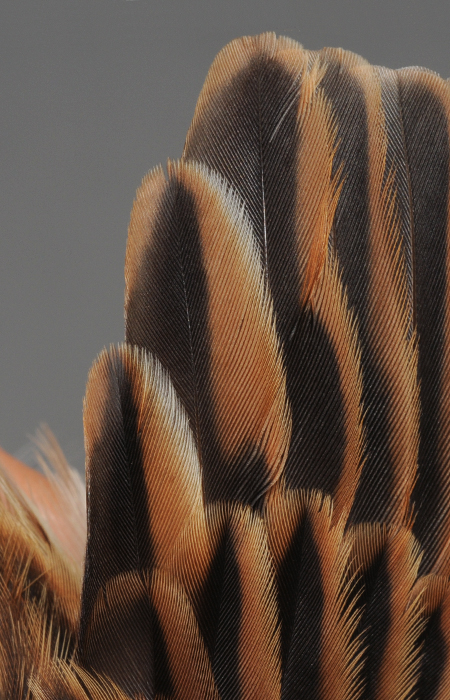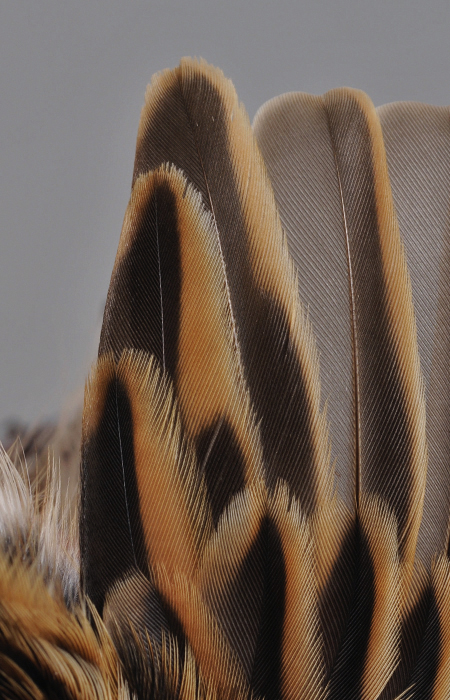

Common Reed Bunting
AGE – BEST CRITERIA:

1cy (male) September. The juvenile PC shows a looser texture and slightly more worn tips and edges compared to adult birds. Note that this individual also show a moult contrast in AL where the innermost is moulted post-juvenile and fresh in contrast to the outer two feathers which are both juvenile (the central one is slightly worn with brownish centre and less neat brown edges - compare with the birds to the right and below). [1ET80494]

1cy (female) October. Quite many 1cy, like here, show uniformly post-juvenile TT, unseparable from the subsequent adult generations. [1ES23071]

1cy (female) October, showing a moult contrast where the innermost T is moulted post-juvenile, while the outer two are unmoulted juvenile. This contrast may sometimes be rather hard to see, but note the slight difference in wear (identical in the two outer feathers, more fresh in the inner one) as well as in the colour and gloss of the centre, were the innermost T is blackish and the central one is brownish-black (and remember that the outermost T always is paler brown than the other two, regardless of which generation is present). [1ET80658]
More Emberiza schoeniclus:
Sexing autumn
Ageing spring
Sexing spring
Moult
Ringers’ DigiGuide is sponsored by: